Triticale: Yearly, an increase in cultivated land
May 25, 2018 at 2:35 PM ,
Starry Night Ltd.

BULGARIA. Changes in the industrial and food consumption patterns, as well as, lifestyle and dietary preferences of a nation are clear signals for farmers to refocus their cultivation strategies for growing one grain over another.
Triticale: The grain has recently become on focus
|
Harvested land & aggregate output of triticale, yearly (period 2015 – 2017) land units in HA production units in MT |
|||
|
Harvested area 2015 |
Harvested area 2016 |
Harvested area 2017* |
|
|
12,714 |
16,096 |
18,660 |
|
|
Aggregate output |
|||
|
38,402 |
49,265 |
59,140 |
|
|
* preliminary data |
|
||
Source: Bulgarian Ministry of Agriculture
In recent years, farmers have confidently decided to increase the cultivation of triticale (see the table above). The crop is used as a raw material for the production of biogas. Food staple made from triticale possesses high dietary characteristics; is preferable choice by people diagnosed with diabetics; and its protein content is more easily tolerated by people who have intolerance to wheat gluten.
An advantage in the cultivation of the grain over its counterparts is that it could be grown in different soil and climatic conditions while its yield remains relatively high. For instance, varieties of triticale could grow in fields characterized by shallow and weak soil conditions – something wheat, for instance, will not tolerate. Moreover, the well-developed roots system of the crop actually allows the collection of much higher yields in time of droughts - something that will definitely affect the yields of other grains. According to local farmers, it could even be cultivated in acidic soils, in mountainous and plain terrains while its low temperature tolerance is much higher than those of other grains. Those seem to be the primary reasons while the grain is mainly cultivated in the central South region of the country.
The average yield from harvest 2017-18 amounted to 3.17 mt/ha, according to local authorities. Acreages for the upcoming harvest, which will start at approximately the time of wheat’s, is forecasted to be larger than those of the previous year.





